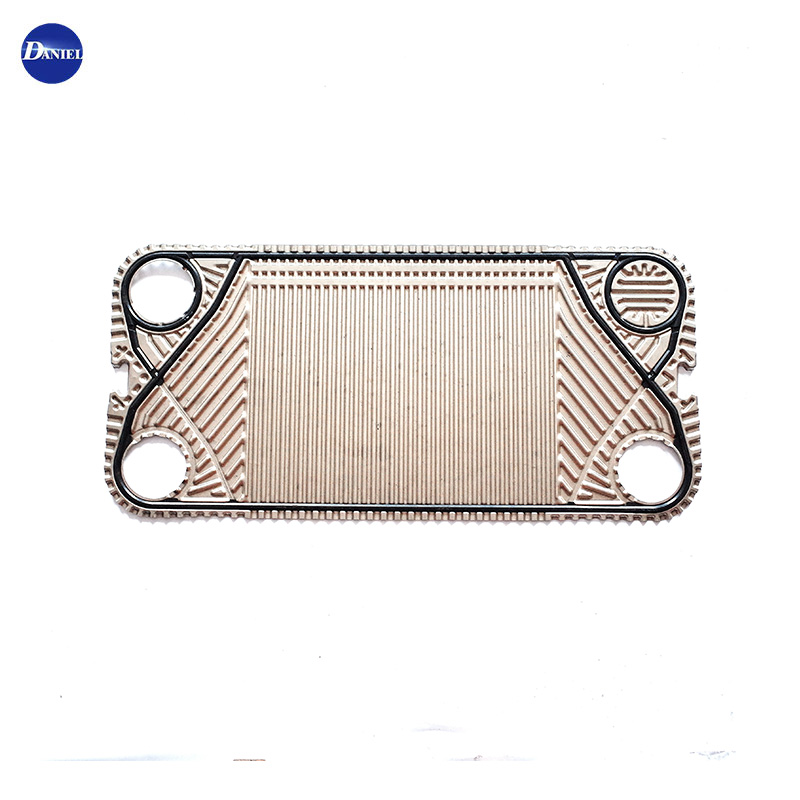Rubber-based materials are often used as the base for gaskets in plate heat exchangers. They have good elasticity and excellent sealing performance. Among them, nitrile rubber is used particularly frequently. It is not afraid of petroleum-based liquids. Oils like fuel oil and lubricating oil cannot corrode it. Moreover, it is wear-resistant, tear-resistant and very durable. It can stably play a sealing role in general industrial heat exchange scenarios.

Ethylene Propylene diene monomer (EPDM) rubber stands out for its outstanding weather resistance and chemical corrosion resistance. It can maintain good elasticity within a wide temperature range and has excellent resistance to water, steam, acid and alkali solutions, etc. It is especially suitable for outdoor or heat exchange systems in contact with various chemical media.
Fluororubber (FKM) has extremely high heat resistance and chemical corrosion resistance. It can be used for a long time in a temperature environment as high as over 200℃, and has excellent resistance to various strong acids, strong alkalis, organic solvents, etc. It is often used in heat exchange occasions with extremely strict sealing performance requirements, such as high-temperature, high-pressure or highly corrosive media.
In addition to the common rubber materials, Jiangyin Daniel Cooler Co Ltd also uses some special materials to manufacture gaskets for plate heat exchangers according to the special requirements of different customers.
PTFE is a particularly powerful material. Its coefficient of friction is particularly low, as smooth as gliding on ice, and its chemical stability is excellent. No matter what kind of chemical substance it is, it is almost impossible to deal with it and it is very difficult to cause erosion to it. Its operating temperature range is particularly wide, from minus 180 degrees Celsius to plus 260 degrees Celsius, and it can work normally, just like a highly adaptable "little expert". It would be even more amazing if polytetrafluoroethylene were combined with other materials to make gaskets. It not only retains its inherent advantage of being resistant to chemical erosion, but also makes the gasket stronger and more elastic. Such gaskets can function stably even in heat exchange systems with extremely harsh chemical environments, high temperatures and high pressures.
In order to give full play to the advantages of different materials, Jiangyin Daniel Cooler Co Ltd also uses composite materials to manufacture the gaskets of plate heat exchangers. By combining rubber with materials such as metal and fibers, the strength, wear resistance and high-temperature resistance of sealing gaskets can be significantly enhanced. This gasket made of composite material can adapt to worse and more complex working environments and has a more reliable sealing effect. Whether it is common rubber, special materials or composite materials, all have undergone strict testing to ensure that the gasket is well sealed, corrosion-resistant and durable, making the customer's heat exchange system stable.

